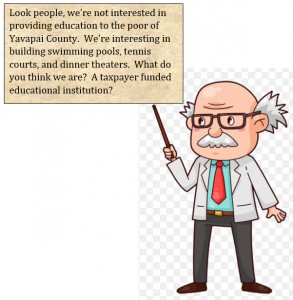High schools not yet up-to-speed on dual enrollment; cannot offer physical education, art and several other courses face-to-face; will offer over 100 8-week courses beginning October 12
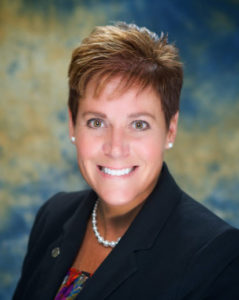
Dr. Lisa Rhine
Based on temporary data, Yavapai Community College is showing only a ten percent reduction in enrollment. President Dr. Lisa Rhine explained to the District Governing Board at its September meeting that one the reasons for the reduction had to do with high schools just opening and figures for dual enrollment are yet to come. She also noted that courses in physical education, art and others could not be offered because they required a face-to-face experience.
The College hopes to make up the enrollment reduction by offering over 100 eight week courses that will be available in this semester. These courses begin on October 12.
You may view the President report on this issue in the video clip below.
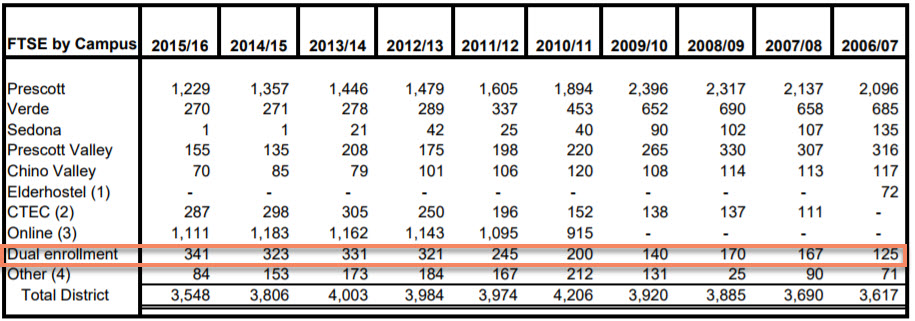

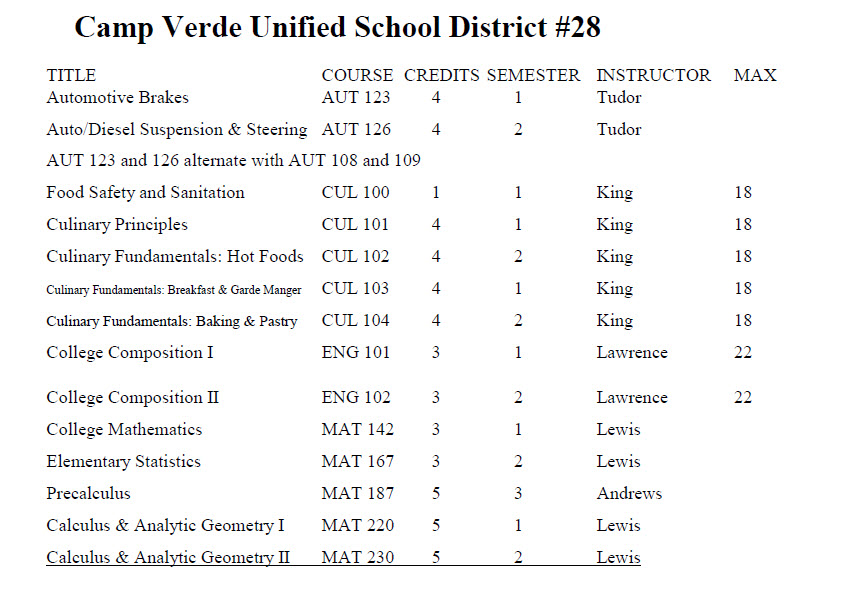
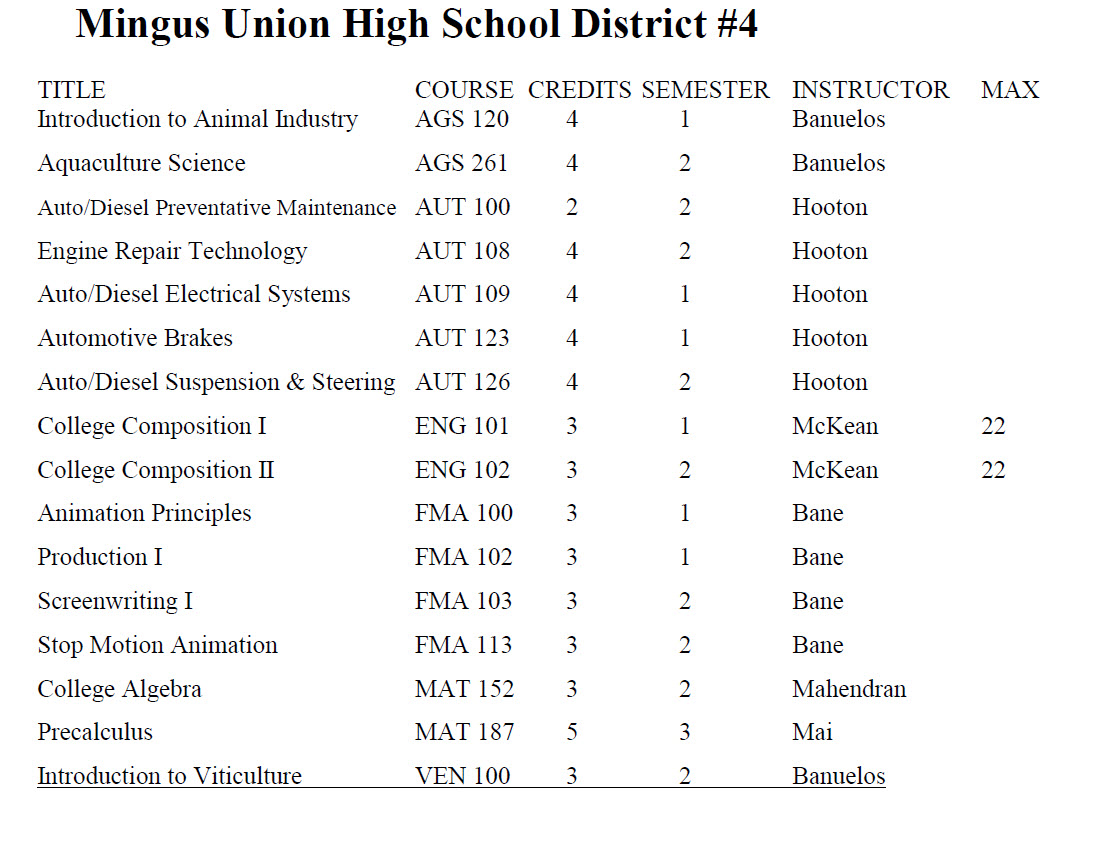
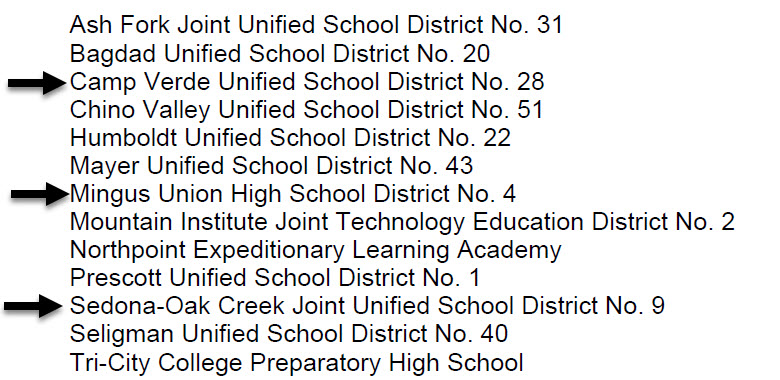
 The College Administration will report excess revenue in the General Fund Budget of $2,208,713. It will also report revenue in the Unexpended Plant Fund in excess of $2,770,000. Finally, it will report excess revenue in the Auxiliary budget of $123,621.
The College Administration will report excess revenue in the General Fund Budget of $2,208,713. It will also report revenue in the Unexpended Plant Fund in excess of $2,770,000. Finally, it will report excess revenue in the Auxiliary budget of $123,621. Of concern is the fact that the Intergovernmental agreement approved by the Governing Board June 14 does not contain any provision for continuing the small stipend that the College was paying each high school instructor who was teaching a dual enrollment class. Under intense questioning from Deb McCasland, the College stated that it would not pay anything toward the teachers. There was no mention of the stipend. (You may view the June 14 questioning by Ms. McCasland at the Board
Of concern is the fact that the Intergovernmental agreement approved by the Governing Board June 14 does not contain any provision for continuing the small stipend that the College was paying each high school instructor who was teaching a dual enrollment class. Under intense questioning from Deb McCasland, the College stated that it would not pay anything toward the teachers. There was no mention of the stipend. (You may view the June 14 questioning by Ms. McCasland at the Board 